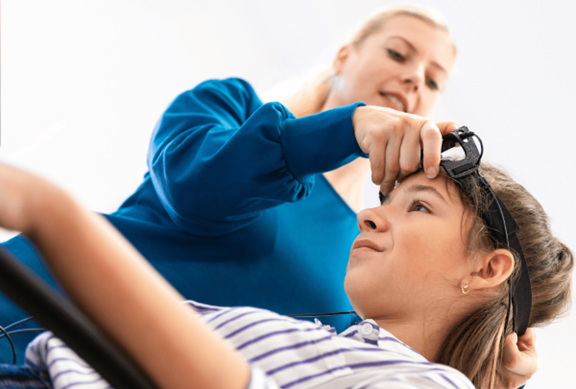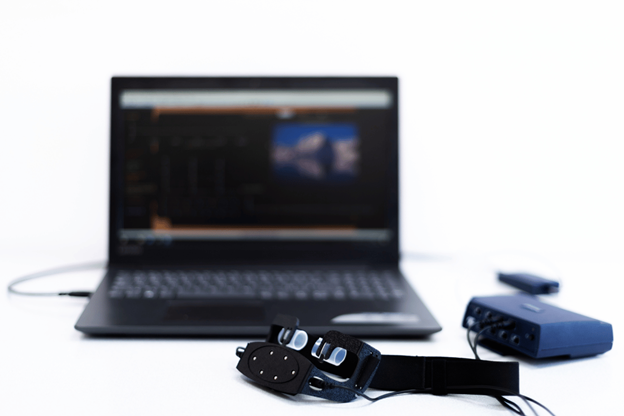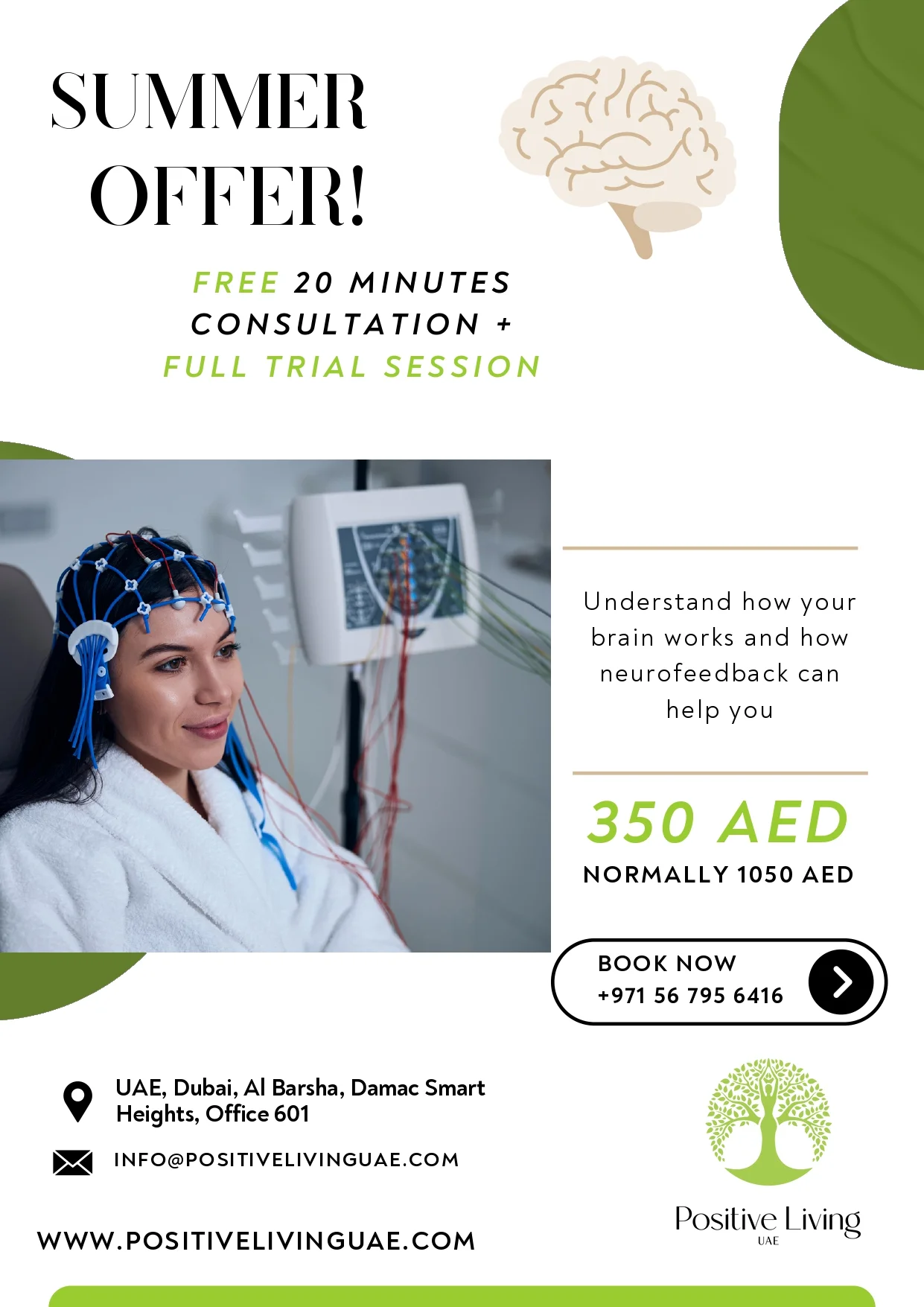Understanding Neurofeedback: From Origin To Present
Neurofeedback is a thrilling new field of brain health technology that provides a noninvasive means of improving brain function through self-regulation. This therapy gives patients the opportunity to observe their brain activity and learn how to manipulate it constructively.
Neurofeedback therapy encircled the entire globe for quite a few decades and now stands distinguished as a newly designed approach in treating brain health. The long and fascinating history of this therapy makes it easy to see why specialized institutions like Positive Living UAE and many others across the globe adopt it.

Origin of Neurofeedback Therapy: 1920s-1960s
The inception of neurofeedback happened in the 1920s, when Hungarian psychiatrist Hans Berger first got himself interested in recording the EEG activity of human beings. What he found out, on scrutiny, was that the brain produces electrical impulses that can be measured and classified as alpha, beta, theta, and delta waves.
The basis for neurofeedback was laid in the 1960s when Dr. Joe Kamiya experimented at the University of Chicago, which proved that it was possible to teach people to control their alpha brain waves with auditory feedback. Around the same time, Dr. Barry Sterman at UCLA established that cats trained to increase a sensorimotor rhythm (SMR) were protected against seizures resulting from seizure-inducing drugs. This emerging discovery regarding the use of neurofeedback in the therapeutic field.
Clinical Development: 1970s-1990s
In the 1970s, neurofeedback began to enter into clinical utilization for treatment of human epilepsies, with his protocols indicating impressive reductions of seizure activity. Pioneers such as Dr. Joel Lubar started exploring neurofeedback for attention deficit disorders in the 1970s and developed protocols that continue to impact today.
The field thus slowly venturing into the general medical establishment began to meet some skepticism within the mainstream medical establishment, partly because of the arrival of drugs in therapy and the primitive brain imaging methods. However, tenacious researchers continued to work on protocol development and other published results.
By the 1990s, computer technology advances made neurofeedback more affordable and accurate. Quantitative EEG (QEEG) enabled more precise brain mapping, allowing practitioners to develop highly individualized training protocols.
Modern Renaissance of Neurofeedback: 2000s-Present
The 21st century has seen neurofeedback explode both in research and application. Neurofeedback from deep brain structures came with the invention of functional MRI neurofeedback. Increased computing capability made increasingly complex signal processing and real-time feedback systems possible.
In recent years, neurofeedback applications have shifted beyond clinical pathologies to the optimization of performance, stress regulation, and general well-being. The increasing fascination with non-drug methods for mental health issues has further led to neurofeedback’s mainstream integration.
Current Innovations and Applications
Neurofeedback systems today are little more than their predecessors. Contemporary equipment is smaller, easier to use, and more accurate. Some of the newer techniques involve:
- Low-Resolution Electromagnetic Tomography (LORETA) neurofeedback gives feedback from targeted brain areas instead of mere surface activity.
- Home use systems for more frequent training sessions in between clinic visits.
- Incorporation into virtual reality environments to increase participation and efficacy.
- Mobile apps to supplement in-clinic training.

The Neurofeedback Experience
At Positive Living UAE, therapists design individualized neurofeedback protocols based on initial brain mapping and client objectives. This individualized method ensures that every individual gets the exact training their brain requires.
A standard neurofeedback session lasts 30 minutes maximum. The procedure is non-painful and may even be enjoyable, with many clients reporting it as relaxing but stimulating. Most patients require 20-30 sessions for best results, with changes typically apparent after 10-15 sessions.
Neurofeedback at Positive Living UAE
Neurofeedback offers a drug-free alternative to many who want to improve brain functioning or manage certain conditions. While not a cure-all, it is a long-term approach to brain health that is appealing to many.
Growing evidence supporting the use of neurofeedback makes it more mainstream. As a noninvasive treatment, it has minimal side effects and is applicable to people of all ages and conditions.
Positive Living UAE offers full neurofeedback services using high-end equipment and experienced practitioners. Our integrated system synthesizes neurofeedback with other wellness disciplines to produce optimal outcomes.
If you want to know how this new approach can assist your brain, learning about the advantages of Neurofeedback therapy can enlighten you further as to whether or not this is the direction to take with your brain’s well-being.




